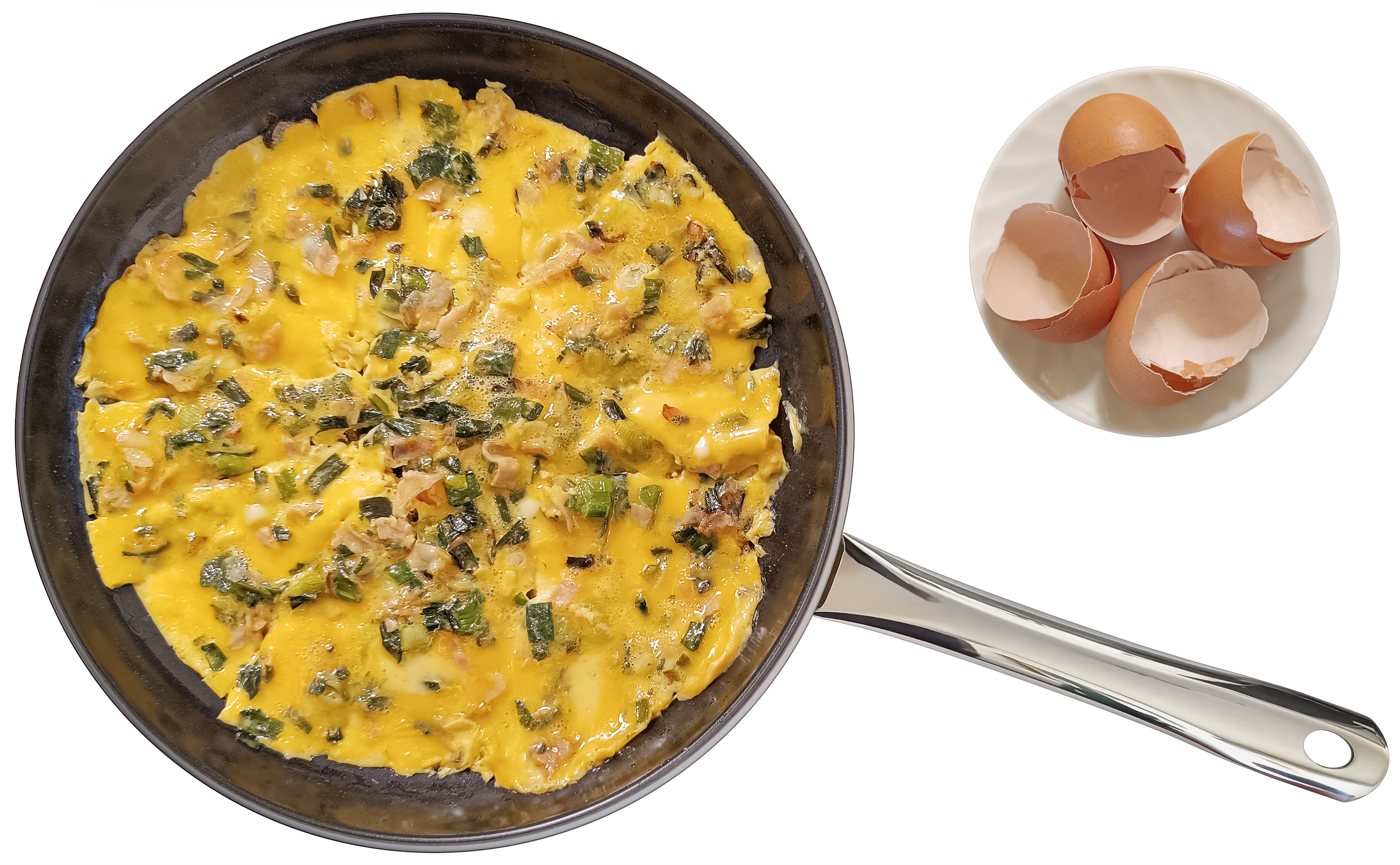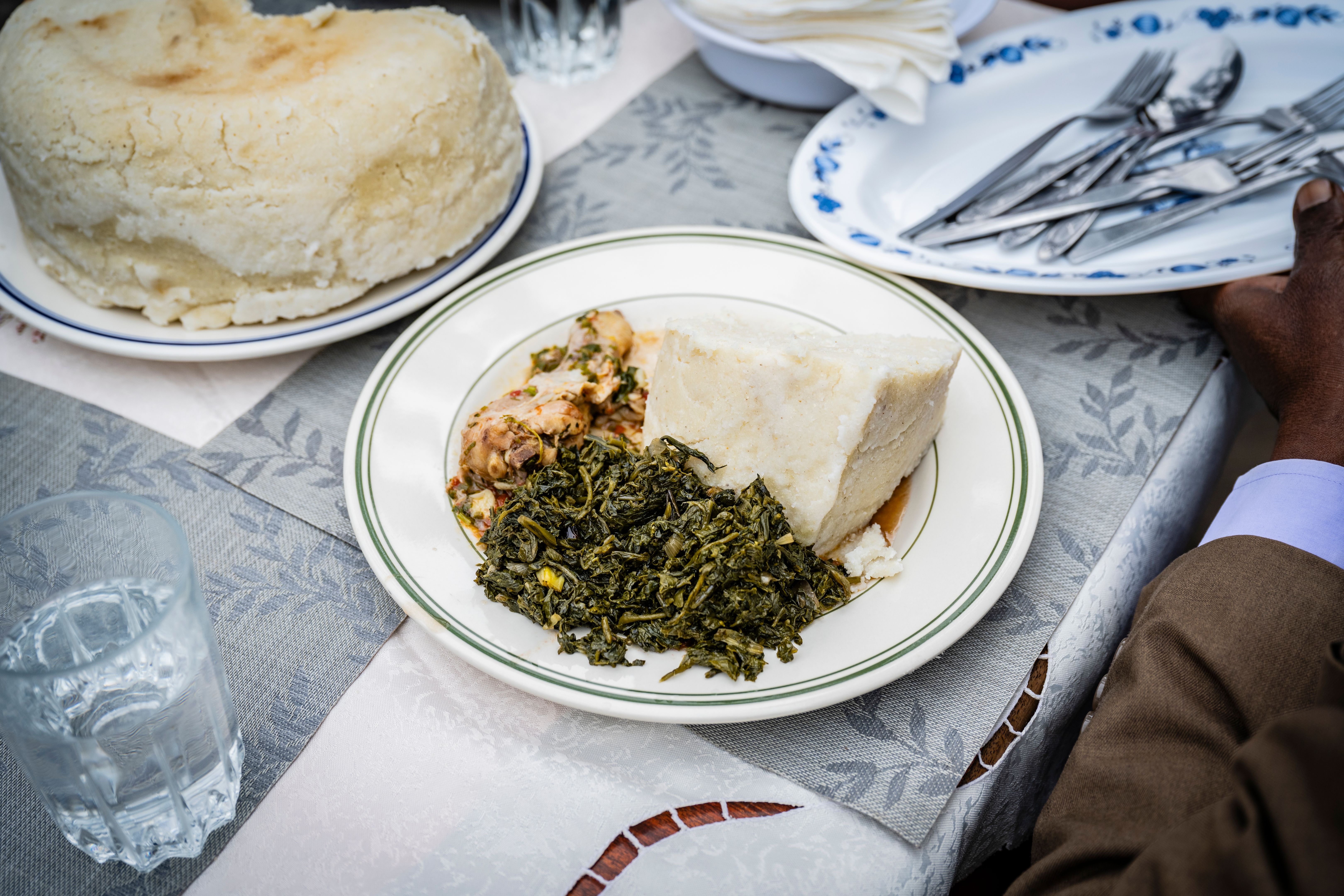Exploring Mopane Worms: South Africa's Protein-Packed Delicacy
Discovering the Mopane Worm
South Africa is a land of diverse cultures and traditions, each offering a unique glimpse into its rich heritage. Among the culinary treasures that this vibrant nation holds is the Mopane worm, a protein-packed delicacy that has captured the interest of food enthusiasts around the world. These edible caterpillars are not only a staple in many local diets but also a sustainable food source.

What Are Mopane Worms?
The Mopane worm is actually the larval stage of the Gonimbrasia belina moth, commonly found on Mopane trees in Southern Africa. They play a significant role in the ecosystem, as well as in the local economy, providing both nourishment and income to many rural communities. Rich in protein and essential nutrients, Mopane worms are often harvested, dried, and eaten as snacks or incorporated into various dishes.
A Nutritional Powerhouse
One of the key reasons for the popularity of Mopane worms is their impressive nutritional profile. High in protein and low in fat, they offer an excellent alternative to traditional meat sources. For those seeking to reduce their carbon footprint or explore more sustainable eating habits, these worms are an attractive option. Additionally, they are packed with essential vitamins and minerals, making them a valuable addition to any diet.

The Harvesting Process
The process of harvesting Mopane worms is an age-old tradition passed down through generations. Typically, they are collected by hand from Mopane trees during specific seasons when they are most abundant. After harvesting, the worms are gutted and boiled before being dried in the sun or smoked. This preservation method not only enhances their flavor but also extends their shelf life, allowing for year-round consumption.
Culinary Uses and Preparations
Mopane worms can be prepared in a variety of ways, depending on regional preferences and available ingredients. They are often rehydrated and cooked with tomatoes, onions, and spices to create a savory stew. Alternatively, they can be fried until crispy and enjoyed as a snack. Their versatility in cooking makes them a favored ingredient for both traditional and contemporary dishes.

A Delicacy with Cultural Significance
The consumption of Mopane worms is deeply embedded in the cultural fabric of various Southern African communities. They are often served during special occasions and gatherings, symbolizing hospitality and abundance. For many, sharing a meal that includes Mopane worms is a way to honor tradition and preserve a connection to their heritage.
Sustainability and Future Prospects
As global populations grow and environmental concerns rise, finding sustainable food sources becomes increasingly important. Mopane worms offer a promising solution due to their minimal environmental impact compared to livestock farming. Their cultivation requires fewer resources, making them an eco-friendly choice for future food security initiatives.
Efforts are underway to promote the commercial farming of Mopane worms, which could significantly boost local economies and provide a sustainable source of income for rural communities. By increasing awareness and encouraging consumption beyond traditional markets, there is potential for this delicacy to gain international recognition.
Exploring the world of Mopane worms opens up a gateway to understanding more about sustainable eating practices and appreciating the diverse flavors that Southern Africa has to offer. Whether you're an adventurous foodie or simply curious about alternative protein sources, Mopane worms provide a unique culinary experience that should not be missed.
